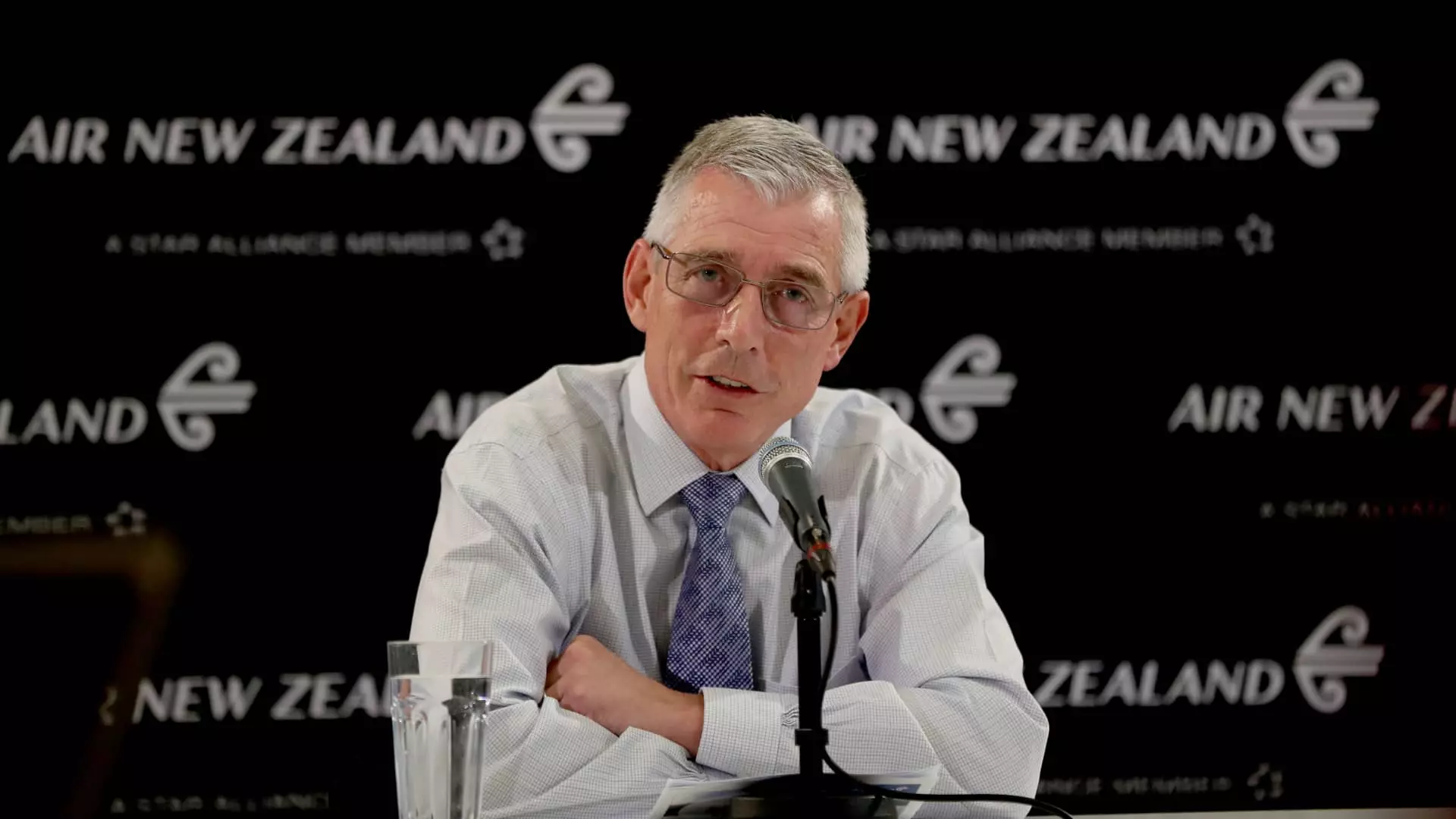As air travel continues to evolve, one of the most anticipated advancements is the integration of reliable and fast Wi-Fi services. For many travelers, the quality of in-flight internet access has transformed from a luxury to a necessity, prompting airlines to innovate in their connectivity solutions. According to Air New Zealand’s CEO Greg Foran, the era of unreliable Wi-Fi is approaching its end, with expectations that top-tier airlines will soon offer ubiquitous internet services. In an industry marked by fierce competition, the demand for swift and cost-effective Wi-Fi is driving airlines to adopt cutting-edge technologies to enhance the passenger experience.
At the forefront of this technological shift is SpaceX’s Starlink, a satellite internet service that promises to revolutionize how passengers stay connected while flying. Comprising approximately 6,000 satellites orbiting the Earth, Starlink is engineered to provide high-speed internet access globally, which is particularly valuable for travelers venturing to remote locations. Air New Zealand has announced plans to implement Starlink services on two domestic aircraft by late 2024, highlighting the urgency to keep pace with evolving passenger expectations.
Despite the optimism surrounding these developments, the rollout is not without delays. Initially scheduled for an earlier launch, the trials for Starlink services on Air New Zealand’s flights have been postponed to 2025. This timeline illustrates the complexities involved in deploying new technologies within the aviation sector. During a recent interview, Foran shared insights into their progress and the rigorous testing needed before commercial availability, emphasizing the airline’s commitment to delivering a truly enhanced in-flight experience.
Adding to the momentum, United Airlines made headlines recently by securing what has been described as the largest deal in the airline industry for Starlink services. The airline intends to test the service across its extensive fleet of over 1,000 aircraft beginning in 2025, a move that reflects a broader industry trend towards enhanced connectivity. This initiative positions United to offer its passengers reliable internet access even in the most isolated regions of the globe, including over the ocean and in polar latitudes.
The potential benefits for United passengers are vast. With Starlink, they can expect functionalities such as live streaming, file sharing, gaming, and online shopping—virtually transforming the in-flight experience. Rather than experiencing the frustration of lagging internet, travelers can engage in activities such as watching movies or completing work tasks seamlessly.
Elimination of Additional Costs
One of the most promising aspects of the new in-flight Wi-Fi initiatives is the commitment from major airlines to provide these services at no extra charge, effectively rolling the cost into the ticket price. This approach aims to alleviate a significant pain point for many passengers—paying for in-flight internet access. Moving away from the traditional model of purchasing Wi-Fi during the flight is a strategic shift that could enhance customer satisfaction and foster brand loyalty.
Foran expressed confidence in Starlink’s impact on customer experience in his discussions with SpaceX representatives. The excitement surrounding these advancements underscores a shared vision between airlines and service providers to enrich the travel experience fundamentally.
Global Reach of Starlink in the Airline Industry
The interest in Starlink does not stop with Air New Zealand and United Airlines. Other carriers, including Hawaiian Airlines and Air France, have also announced partnerships with SpaceX, planning to implement Starlink services across their fleets within the next few years. This widespread adoption signifies a transformative period for in-flight connectivity, with expectations that passengers will soon enjoy dependable internet access during their journeys, regardless of their travel routes.
As the aviation industry embraces new technologies, the implications for travelers are significant. With improved connectivity, passengers will find themselves more engaged and connected than ever during flights, reshaping their expectations for air travel. The emergence of high-speed internet on airplanes signifies a broader trend towards enhancing customer service, ultimately making flying more enjoyable and productive.
The future of in-flight internet is bright, with airlines racing to adopt innovative solutions like Starlink to meet the evolving needs of travelers. As these initiatives unfold, the aviation industry is poised for a remarkable transformation that prioritizes customer satisfaction and connectivity above all.

